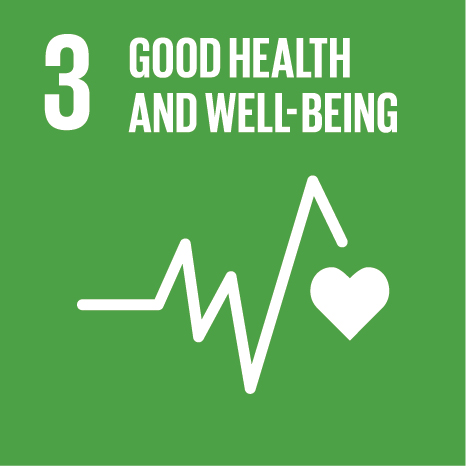 +265(0)111 624 222
+265(0)111 624 222 research@unima.ac.mw
research@unima.ac.mw Chirunga-Zomba, Malawi
Chirunga-Zomba, Malawi
Internet Addiction and Mental Health among College Students in Malawi
Abstract
This chapter explores the phenomenon of addictive Internet use among college students in Malawi and how this relates to probable cases of common mental disorders (CMD). The chapter applies a combination of the Internet Addiction Test (IAT) and the Self-Reporting Questionnaire (SRQ-20). Among students who were identified as having significant problems due to frequent use of the Internet, females (58%, 29/50) were more reported than males (42%, 21/50). Lastly, this chapter posits that there is strong positive correlation between Internet addiction and probable CMD (r = 0.390, p < 0.01). While acknowledging that correlation does not necessarily mean causation, it is important to recognize that excessive usage of Internet may increase the vulnerability to CMD or vice versa in college students in Malawi.
| Original language | en |
| Pages (from-to) | 261-280 |
| Publication status | Published - 2019 |
UN SDGs
This research output contributes to the following United Nations (UN) Sustainable Development Goals (SDGs)

License
http://www.springer.com/tdmUN SDGs
This research output contributes to the following United Nations (UN) Sustainable Development Goals (SDGs)

License
http://www.springer.com/tdmUN SDGs
This research output contributes to the following United Nations (UN) Sustainable Development Goals (SDGs)

License
http://www.springer.com/tdm